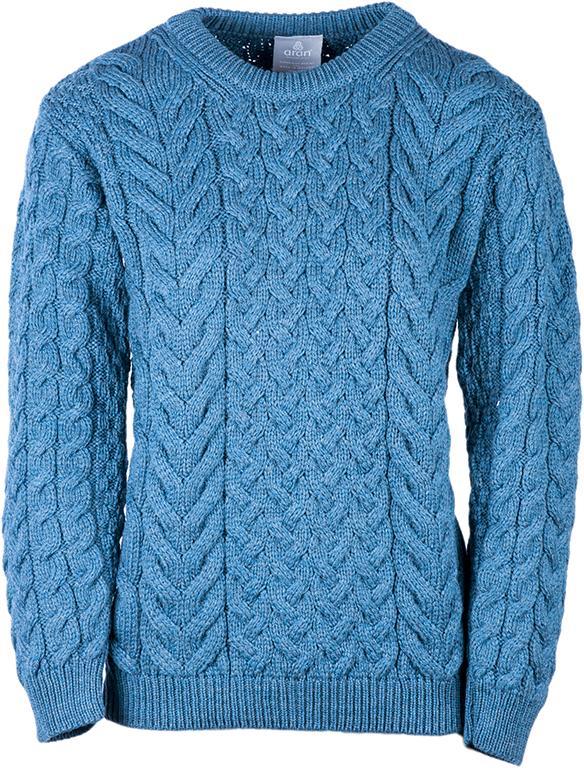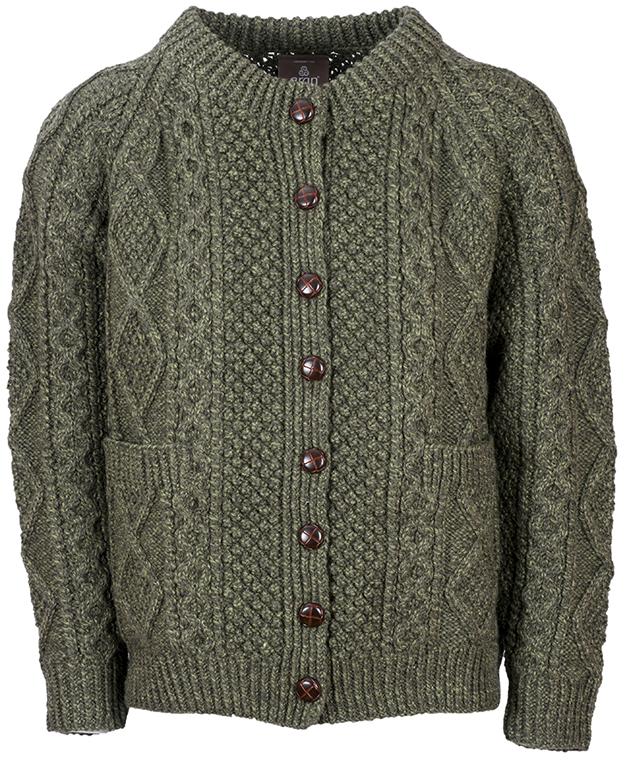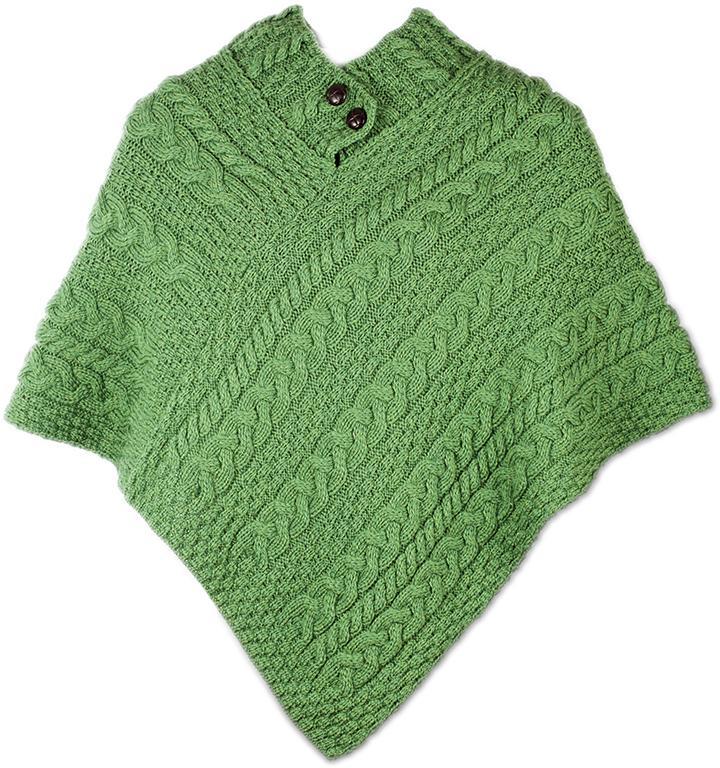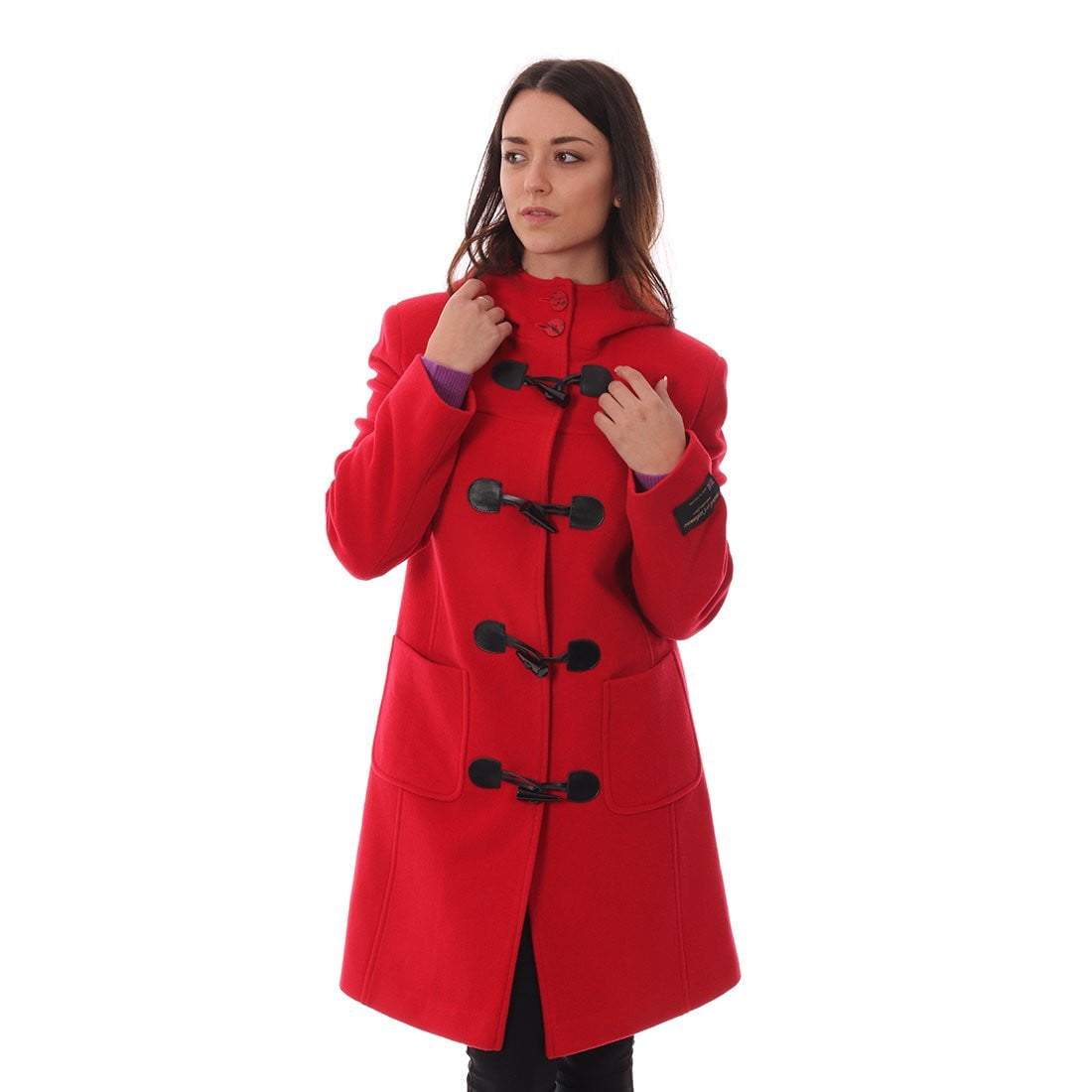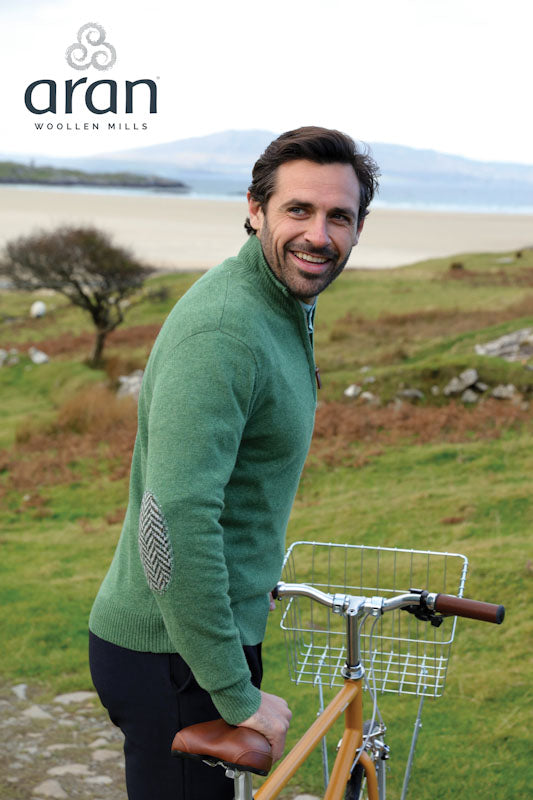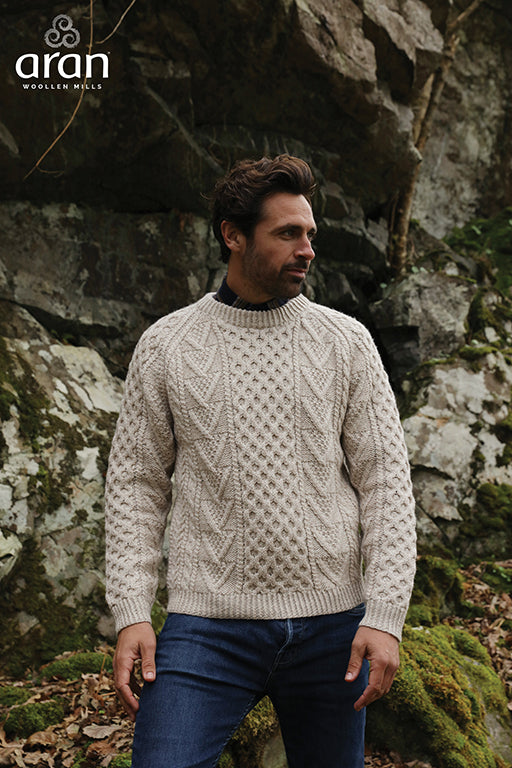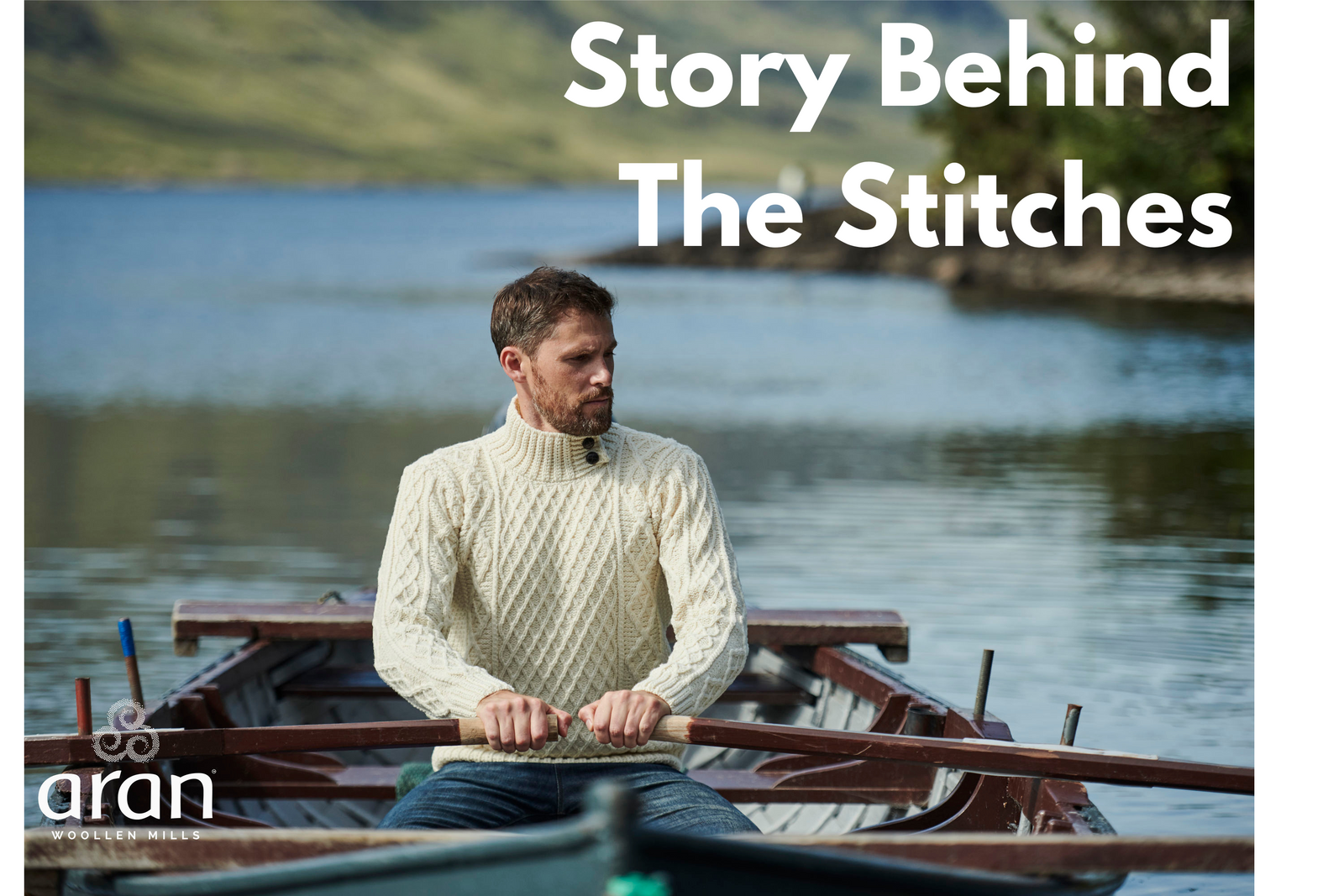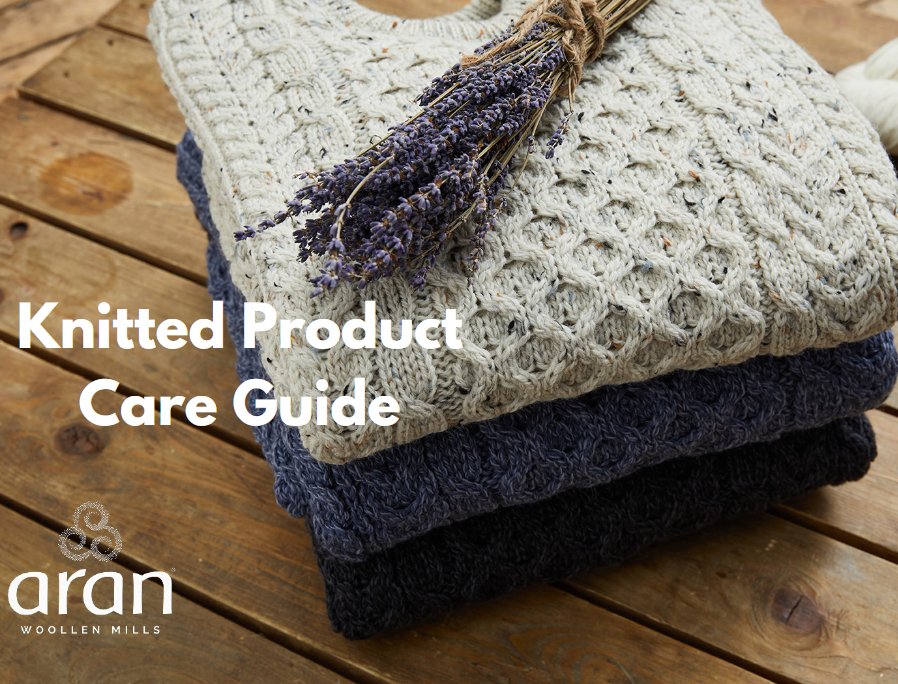Ireland has been appreciated for warm hospitality and rugged landscapes for hundreds of years, with our culture and cultivation praised globally. People tend to acknowledge Ireland's worldwide contribution to music or food and drink, but less recognised is the significant way Ireland shaped the fashion industry.
Due to Ireland's lengthy and complex history, with immigration to fashion capitals like New York, Irish influence saw rapid changes to how we saw and wore clothes. Here are the three ways Ireland developed the fashion industry.
Sybil Connoly

When discussing Irish impact within fashion, Sybil Connoly is one of the biggest names at the forefront of influence.
Sybil Connolly was a Dublin-based fashion designer who created dresses from Irish textiles in the 1950s. Her style included designing with finely pleated linen, wools such as Báinín, Limerick and Carrickmacross lace, and worked with brands such as Tiffany & Co.. Her fashion label's clients included Jacqueline Kennedy, putting her on the worldwide map to be a fashion pioneer.
Her career famously put Irish fashion on the cover of publications. A particular full-length red cape and white crochet gown she designed appeared on the cover of Life magazine with the title "Irish invade fashion world".
Connoly was soon in high demand and started her own clothing label with an impressive portfolio of clients. Where Irish designers were often overlooked in American stores, they became popular due to Connoly's influence. Irish textiles and styles became more and more included in mainstream stores, and designs with tweed and wool were in demand.
In 1960 American Vogue magazine editor Bettina Ballard was quoted writing:
"Ireland was a completely unexpected center for fashion. We were drawn en masse to Dublin by the personable milk skinned Irish charmer - Sybil Connolly."
The Aran Jumper

The Aran jumper is a recognisable icon in today's fashion age. Its luxurious cosy style has been spotted being appreciated by celebrities since the 1950s, and its journey from the Irish Islands as a fishermen's jumper to being worn by fashion icons is a powerful one.
The Aran jumper was created in the fishing communities of Western Ireland for those who needed a chunky knit to keep warm when out at sea. The quality and craftsmanship which went into the garments were extensive, and it was traditional for the women to learn how to knit them for their families.
After growing local popularity, the jumpers developed demand. The first Aran jumpers to be sold commercially were shipped in the 1940s, and by 1950 they were featured in Vogue magazine. This led to an outburst of interest, and the exportation of jumpers began from the Islands to the USA. By the late 1950s, they were a sensation. Celebrities like Elvis Presley were sighted wearing the now-famous jumper, driving sales even further. Over in Ireland, communities were gaining mass employment opportunities due to the demand. Companies erupted in growth, and May & Mairtin Standen employed over 700 knitters throughout the country. Hundreds of women were trained in Aran jumper knitting, and the industry became a relied upon source for income.
Today, the Aran jumper is worn worldwide and is still loved by celebrities, often being snapped in photoshoots. Look no further than Taylor Swift wearing a snug Aran jumper on the cover of her album, Folklore. Click here to look at the Aran jumpers we sell!
Tweed Suits

Before hitting the catwalk, tweed suits were commonly worn as formal wear in Ireland, primarily for church or weddings. The creation of tweed in Ireland went back for centuries, and it wasn't until the 1950s tweed manufacturers introduced mechanised looms and started mass producing globally. Designers such as Irene Gilbert, Neillí Mulcahy and Ib Jorgensen began working with tweed manufacturers to create lighter blends. Silk linings and fur and leather trims were experimented with, and bright colours were added to rearrange the traditional fabric.
Fashion designers worldwide began to pick up on the high-quality distinguished-looking fabric, and soon giants like Chanel and Dior would feature tweed suits within their collections regularly.
Today, tweed suits continue to shape the fashion industry, with celebrities, politicians and mainstream retailers often featuring the iconic fabric.
From fishermen's jumpers to traditional fabric, Ireland's long history of culture and folklore is represented in these iconic pieces of fashion that shaped the industry globally.

